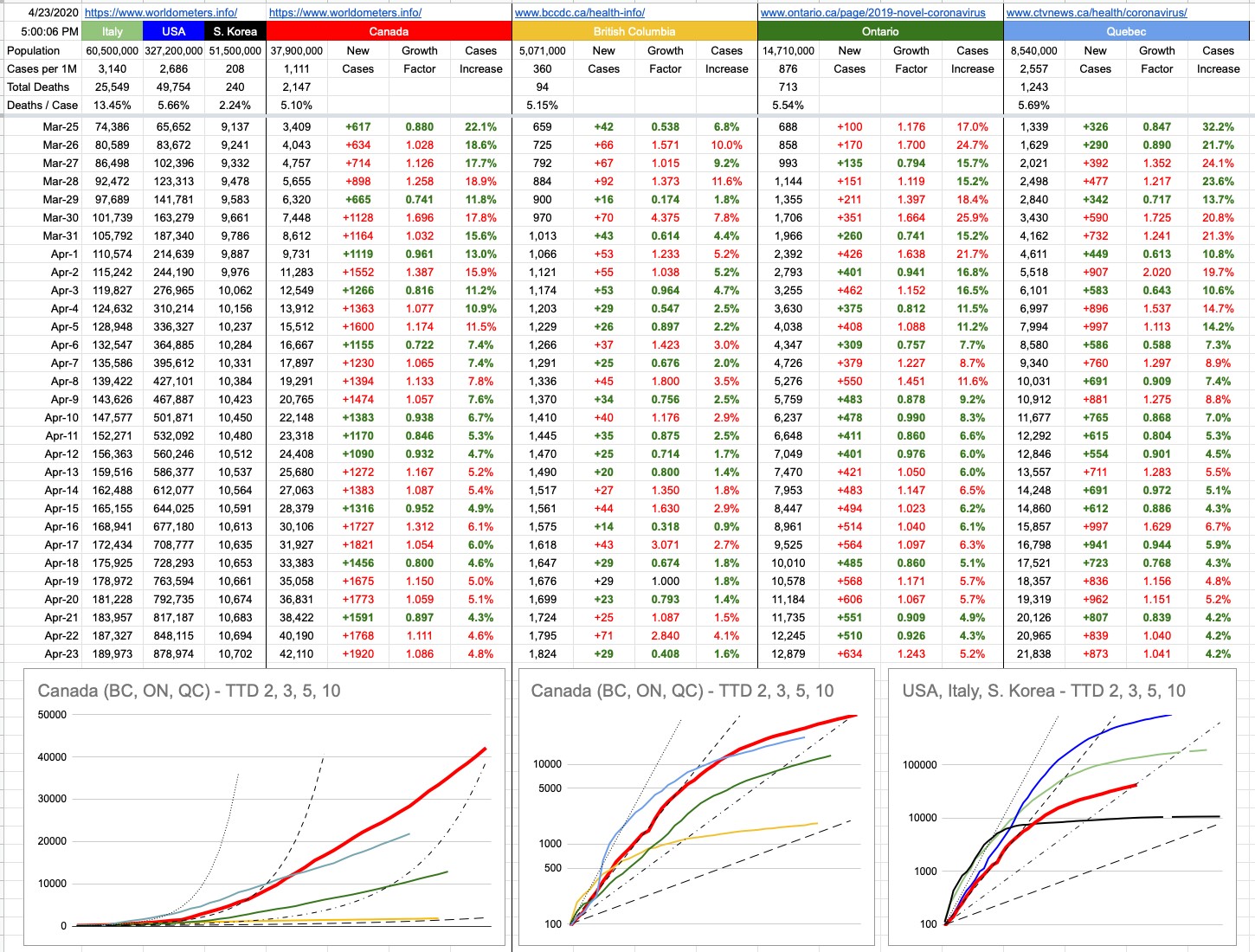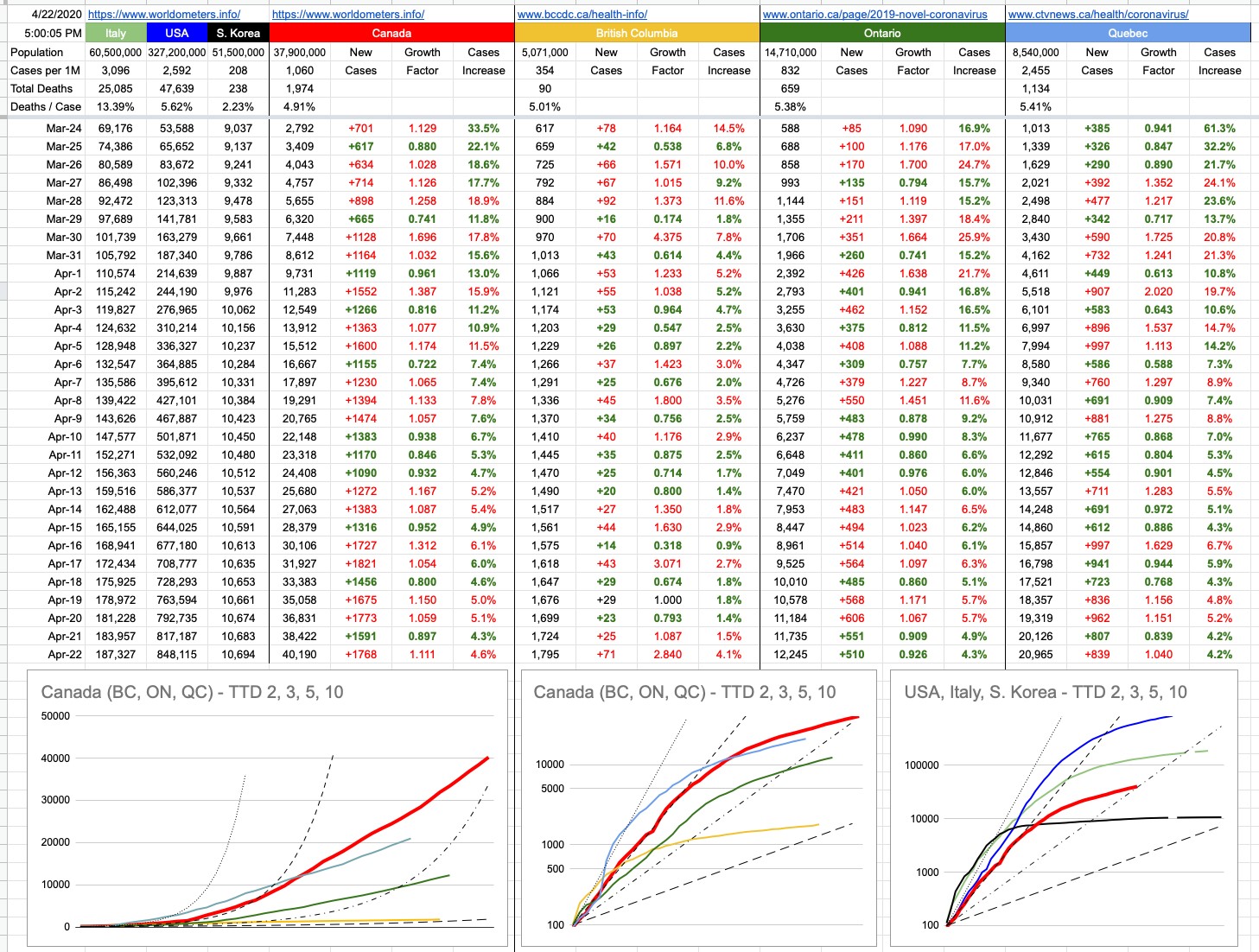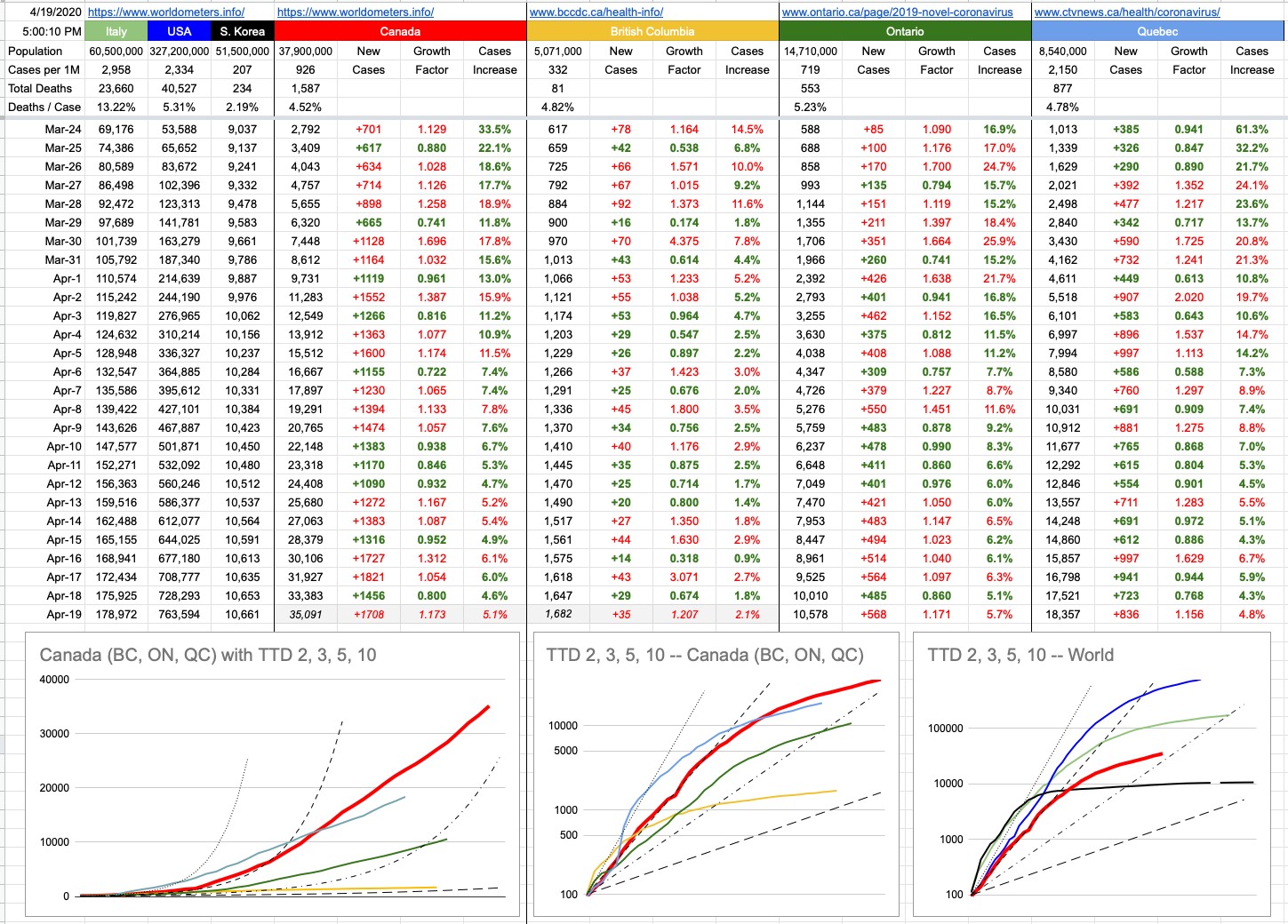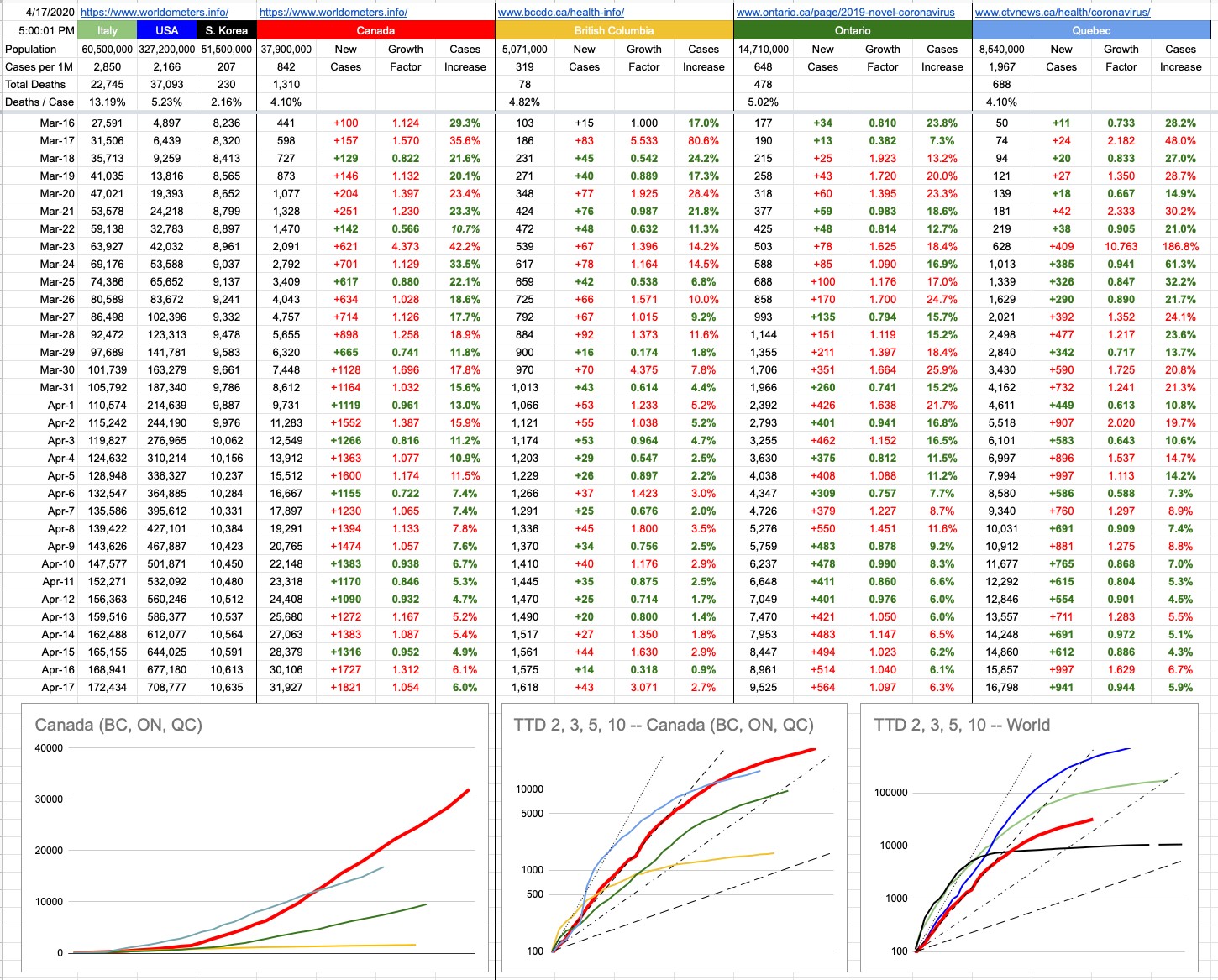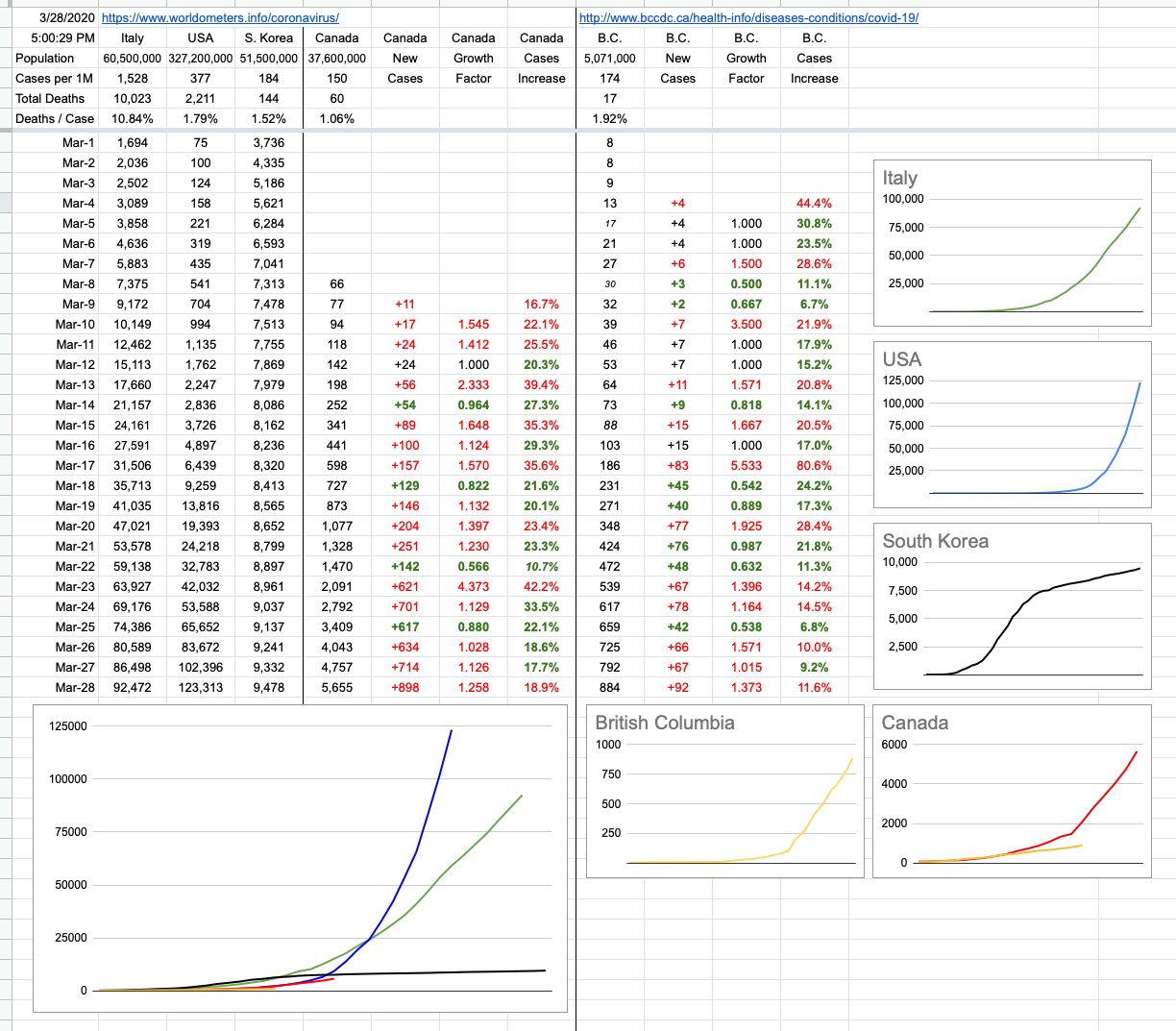Day 38 – April 23, 2020
When I was a kid, I was taught that the dinosaurs died out sixty-five million years ago. More recently, my kids, when they were in elementary school studying dinosaurs… were taught that they died out sixty-six million years ago. How exactly did a million years elapse in less than 50? Was it at 65,999,980 in the late 70s, and it just recently “rolled” over to 66?
No… but something must have changed, and it did, from various directions. Geophysicists, geologists, palaeontologists and other researchers… all working on completely different things — some drilling for oil in the Gulf of Mexico, some working on hypotheses regarding the mass-extinction event from around 65 million years ago, some researching a very thin but fossil-diverse soil layer in New Jersey from around that time period… at some point, in the early 80s, someone asked the “what if…?” of a meteor/asteroid/comet slamming into earth might hold some explanations… and indeed, the puzzle pieces all fit. And, further to that, if that were the case, we should also be finding other things, specifically… well, this and that, and when “this and that” were searched for, they were found. Including dating that massive crater to just over 66 million years.
That crater (the Chicxulub crater — 100km wide, 30km deep) was caused by a piece of rock somewhere between 11 and 81 km in diameter, slamming into the earth with a force of somewhere around 500 billion Hiroshima A-bombs. That’s a lot of bombs… so let’s do some ridiculous math…
Each bomb is 3 metres long…. so if we line them up, end to end, that’s 1.5 billion km. That’s from earth, to the sun… and back. Five times. Or back and forth to Mars, four times. Or one, nice long line of A-bombs… from here to Saturn.
So imagine all that firepower concentrated in one spot, all blowing up at once. It’s a wonder the earth itself survived. It did, though the massive earthquakes and tsunamis and acid rain and volcanic eruptions and blocked-out sun for years… did not make for great living conditions. All of the terrestrial-based dinosaurs were wiped out, and all that’s left of them are the ones that could literally fly above disaster below. Indeed, from a dinosaur’s point of view, we are all living in a post-apocalyptic world.
And how do we know all this? Science. Knowledge attained through study and practice. Knowledge acquired through the rigours of scientific testing, which itself implies a methodology that includes proving hypotheses though experimentation, data-collection and analysis. It’s not vague hand-waving and guesswork.
Which is why it’s getting a little frustrating listening to some of the nonsense spewing out of the mouths of some politicians and business leaders from around the world. Yeah, we get it — the economy is in shambles. We need to get back to normal. Everybody is suffering. But when the vast majority of scientists agree on something, they’re probably right. And when it’s not what you want to hear, that doesn’t make them the bad guy. Listen to them. Don’t fire them. We are all suffering through this present situation, and the virus doesn’t care who you are, what your political motivations are, how much money you’re losing every day. But the virus does care about surviving…if it could think, that’s the only thing it would care about. In fact, if it could survive without causing you any bad side-effects, it’d probably choose that, because then it could propagate further and guarantee its survival. Either way, it’s not going to go away on its own… and its efforts to survive hurt us… and if we left it to run wild, we would be in a world of hurt.
Many different scientists are working on this. Not geologists nor palaeontologists. More like epidemiologists, microbiologists, immunologists, virologists and biotechnologists. And a whole host of other “…ists”. Today, they say things like “social distance” and “lockdown”, and for that, they’re the bad guys. One day, when the same people are saying, “here’s a vaccine”, they will be heroes.
They’re already heroes, thrown into a spotlight none of them ever wanted. “Leave me alone to do my research for the greater good”, they would tell you… but instead, they seem to face the wrath of those who don’t want to deal with reality because it conflicts with their electorate and/or bottom line.
Once again, and I’ve said this countless times… we’re very lucky around here. We have scientists who know what they’re talking about and we have politicians who listen to them and we have business leaders who understand the big picture. Looking around the world, we seem to be in a fortunate bubble of intelligence, harmony and cooperation… which is why if we do what they say, we will all get out of this sooner. And today is a good example; only 29 new cases here in B.C., including cases in known clusters… which means, at most, only a handful of new community cases. No jumps in hospitalizations or ICU cases. Steady as she goes.
And by the way, scientists… you managed to adjust that dinosaur number by a million years… we’ve been at this for about 4 months now… and back then, we were being told a vaccine in 12 to 18 months away. Can we adjust that a bit…? How about 8 to 14 months?
View Original Post and All Comments on Facebook


